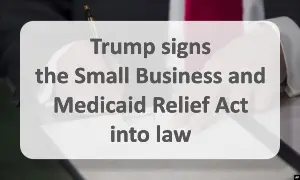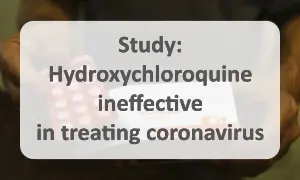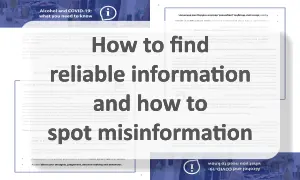COVID-19 - a chronology of WHO actions
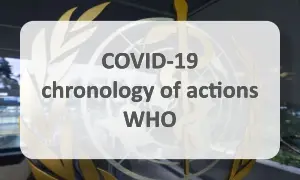
December 31, 2019.
The Municipal Health Commission of Wuhan, China, reported a cluster of pneumonia cases in Wuhan, Hubei Province. The causative agent was subsequently determined to be a novel coronavirus.
January 1, 2020.
WHO establishes an Incident Response Support Team at the three levels of the organization (headquarters, regional offices and countries) and moves into the Organization's emergency outbreak response mode.
January 4, 2020.
WHO reports on social media a cluster of pneumonia cases in Wuhan city, Hubei province; all patients are alive.
January 5, 2020.
WHO publishes the first outbreak news release on the new virus. This is the first technical publication on the subject for the scientific and public health communities and the world's media. The release contains a risk assessment, recommendations, and information received by the Organization from China on the status of patients and public health measures taken in response to the cluster of pneumonia cases in Wuhan.
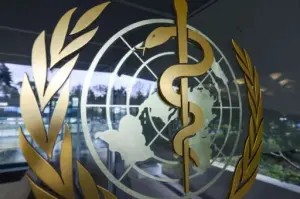
January 10, 2020.
WHO makes available online a comprehensive set of technical recommendations for all countries on how to identify, diagnose and manage possible cases based on the virus data available at that time.
The evidence available at the time indicated that “no or limited human-to-human transmission occurs”. To protect health care workers and based on experience with SARS and BVRS and known transmission patterns of viral respiratory pathogens, infection prevention and infection control guidelines are published that address the need for health care personnel to follow precautions to protect against airborne and contact infections when providing patient care and precautions to protect against airborne dust infections when performing procedures that generate aerosols.
January 11-12, 2020.
China publishes COVID-19 genetic sequencing data.
January 13, 2020.
The first reported case of COVID-19 outside of China in Thailand is officially confirmed.
January 14, 2020.
In a press briefing, the head of the technical response unit noted that limited person-to-person transmission of coronavirus infection (in a group of 41 patients), mainly between relatives, has not been ruled out and that there is a risk of potential expansion of the outbreak. He also noted that confirmation of the possibility of human-to-human transmission would not be unexpected given the experience with SARS, BVRS and other respiratory pathogens.
January 20-21, 2020.
WHO experts from its office in China and the Regional Office for the Western Pacific make a brief visit to the outbreak area in Wuhan.
January 22, 2020.
The WHO mission in China issues a statement that there is evidence of human-to-human transmission in Wuhan, but more research is needed to understand the true extent of transmission.
January 22-23, 2020.
WHO Director-General, in accordance with the International Health Regulations (IHR 2005), convenes a meeting of the Emergency Committee to conclude whether the outbreak constitutes a public health emergency of international concern. The evidence available at the time does not allow the independent members of the Committee from around the world to reach a consensus on this issue. They request that a reconvening meeting be convened 10 days later when more information is available.
January 28, 2020.
A high-level WHO delegation, led by the Director-General, is sent to Beijing to meet with the Chinese leadership to review China's response to the outbreak and assess opportunities for technical assistance.
In Beijing, Dr. Tedros arranges with the Chinese government to send an international team of leading scientists to the country to gain a fuller picture of the situation and response, and to share information and experiences.
January 30, 2020.
The WHO Director-General reconvenes the Emergency Committee (EC). This was earlier than the originally envisioned 10-day period and just two days after the first reports of isolated human-to-human transmission outside China. This time, the EC reached consensus and recommended that the Director-General declare the outbreak a Public Health Emergency of International Concern (PHEIC). The Director-General agreed with the recommendation and declared a PHEIC for the outbreak of new coronavirus infection (2019-nCoV). This marked the sixth declaration of a PHEIC since the International Health Regulations (2005) came into force.
A WHO summary on Jan. 30 reported 7,818 confirmed cases of infection worldwide, most of which were reported in China and 82 in other countries. WHO characterized the risk of further spread of the virus within China as very high and internationally as high.
February 3, 2020.
WHO presents the Strategic Preparedness and Response Plan prepared by the international community to help states with weak health systems protect public health.
February 11-12, 2020.
WHO convenes COVID-19 Science and Innovation Forum with more than 400 experts and donors from around the world, featuring speakers George Gao, Director General of the China Center for Disease Control and Prevention, and Zunyu Wu, Chief Epidemiologist at the China Center.
February 16-24, 2020.
A joint WHO-China mission with experts from Canada, Germany, Japan, Nigeria, Republic of Korea, Russia, Singapore and the United States (CDC, NIH) is working in China and visiting Wuhan and two other cities. The mission meets with health authorities, scientists, and medical staff at health care facilities (while maintaining physical distance).
March 11, 2020.
Deeply concerned by both the frightening rates of spread and severity of the disease and the alarming extent of inaction, WHO concludes that the COVID-19 outbreak can be characterized as a pandemic.
March 13, 2020.
The Solidarity Fund for the COVID-19 Pandemic Response is established to collect donations from individuals, commercial organizations and institutions.
March 18, 2020.
WHO, together with partners, announces the launch of the Solidarity clinical trial, an international clinical trial aimed at collecting robust data from around the world to find the most effective medicine for patients with COVID-19.
Legislation signed to help small businesses and medical centers
Trump signs bill to help small businesses and health care providers The $484 billion bill was the second government aid package signed into law. On Friday afternoon, President Donald Trump signed a $484 billion bill to provide $484 billion in additional aid to small businesses and health care providers in the face of a coronavirus pandemic. Yesterday, the U.S. House of Representatives passed the bill. "388 lawmakers voted in favor and 5 voted against. On Tuesday, the bill was unanimously approved by the Senate. Most of the money would go to small businesses that did not receive help from the last package. Democrats have insisted that some of the money from the new $320 billion Paycheck Protection Program go to women- and minority-owned businesses or those without banks. Under the program, if a company uses the money it receives to pay workers for the next two months, the government will cover the cost and the company won't have to pay the money back. Launched on April…
Is Hydroxychloroquine Ineffective for Treatment of Coronavirus?
Study: Hydroxychloroquine ineffective in treating coronavirus. Mortality rate was higher in patients who took the drug A new study has found that the antimalarial drug hydroxychloroquine, which has been touted as a possible cure for coronavirus, is not only ineffective in treating the disease, but may also be associated with higher mortality rates. In early April, US President Donald Trump said the drug could make a "dramatic difference" for those infected with the coronavirus. This week, however, the Veterans Affairs Department and a team of scientists presented a study based on a review of data from 381 male patients that found…
How to find reliable information and how to spot misinformation
Seek trusted sources of information, such as WHO, national health authorities and your health professional. For updated information on COVID-19, check the WHO website. Always double-check the information you receive. Beware of websites and texts that use the same messages and have the same writing and overall style, as these are likely to be viral messages produced for mass distribution that are intended to mislead. Beware of false and misleading claims, particularly…
